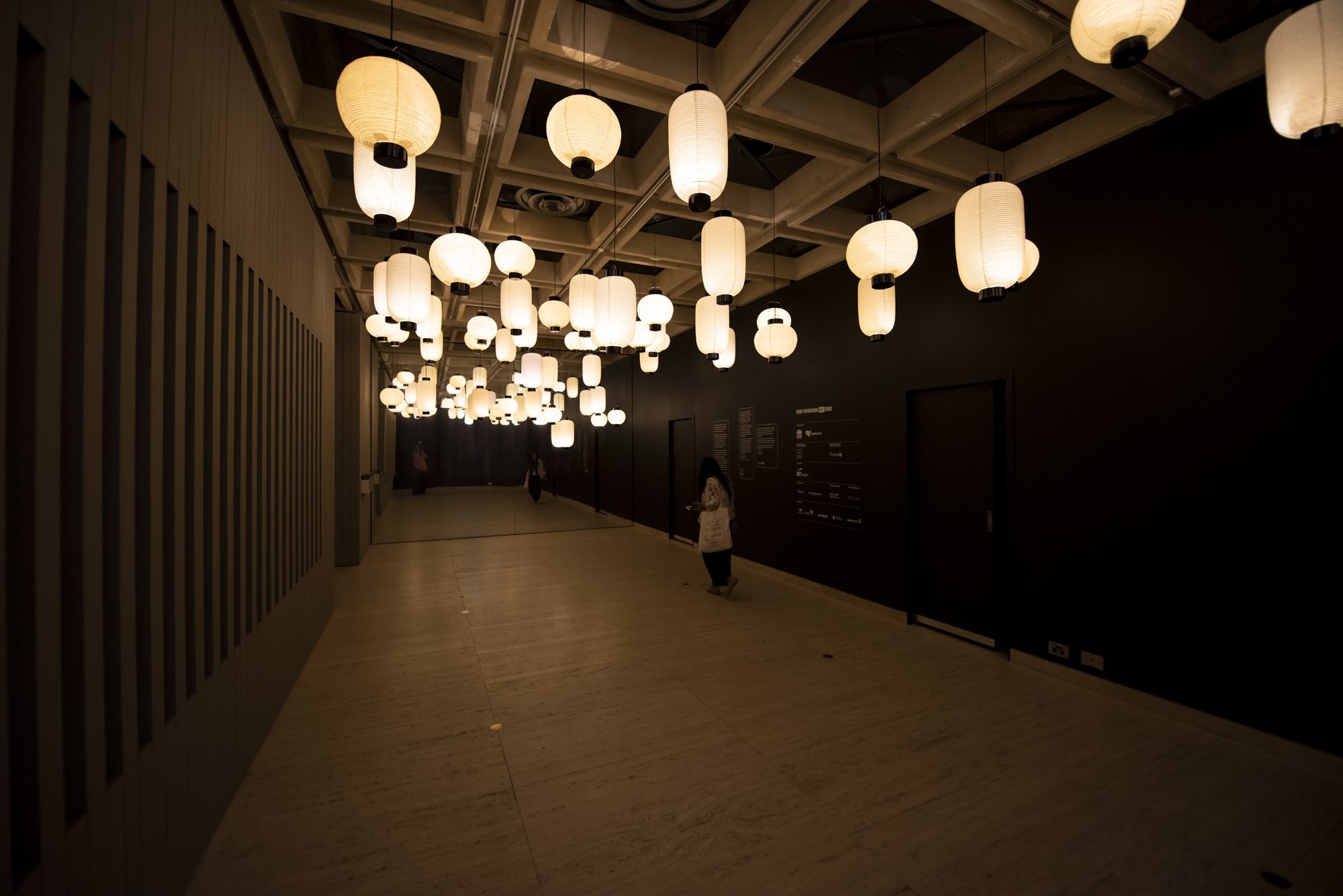Precautions for Museums during Covid-19 Pandemic

CIMAM, the International Committee for Museums and Collections of Modern Art, is sharing this document based on the examples of the National Gallery Singapore, M+ Hong Kong, and Mori Art Museum in March in response to the outbreak of Covid-19.
CIMAM will continue to share experiences of how museums are responding to the pandemic over time. Museums perform an essential function for their various communities with wellbeing at its core.
Visitor Safety
- Implement temperature screening of all visitors as well as keeping an eye out for individuals who appear unwell. These visitors must be turned away and encouraged to seek medical attention.
- Implement visitor registration and contact tracing measures at the entrances and admission points to events and venues, such as obtaining the contact details of visitors and participants (name, phone number, and email address).
- Consider obtaining visitors’ and participants’ travel and health declarations and turning away visitors and participants who have been to areas with a widespread outbreak in last 14 days.
- Where possible, ensure all visitors and participants wear a mask.
- Suspend all events with a large number of participants (more than 100 participants in attendance at any one time, although this may be dependent on local regulations and advisories).
- Suspend programs and events targeted at senior citizens and other vulnerable groups.
- Suspend all guided tours.
- For events that proceed, the following precautionary measures should be implemented:
a) Ensuring adequate physical distance between visitors and participants by maintaining a minimum 1-meter distance between each visitor and participant. Some ways of achieving this include:
- Using floor markers (or other forms of barricades) to guide visitors and maintain a distance of 1-meter between each individual (for events and scenarios where visitors would normally stand in-place or move around, such as entrance queues for venues and events); and or
- Having individual visitors and participants (or groups of visitors/participants) sit on alternate seats and on alternate rows, i.e. chequerboard seating (for seated events and dining establishments within venues). Likewise, the minimum distance separating visitors and participants should be 1-meter.
b) Encourage visitors and participants not to visit in large groups (except where visitors and participants are from the same household). Identify areas where visitors and participants are likely to bunch up and put in place measures to disperse them (e.g. stationing staff at these points to usher them along). To reduce congestion of visitors and participants, pre- or post-event receptions, networking sessions, tea breaks etc., should also be avoided and F&B should not be served at events, although bottled drinks may be served.
c) Setting up appropriate cordoning measures (e.g. barricades), especially for outdoor and open-air venues or events, to limit access of visitors and participants and having event MCs to remind visitors and participants to maintain adequate physical distance from each other. If it is not possible to limit the number of participants and ensure adequate spacing-out of participants, such events or programs should be deferred or cancelled.
Staff Safety
9. Implement daily temperature checking twice daily for all staff, once on arrival and a second time at 2pm, the results of which should be recorded. If a temperature of more than 37.5 degrees centigrade is recorded, then the staff member should be sent home with instructions to see a doctor, with a report of the diagnosis recorded in the office.
10. All staff should wear masks, especially front of house staff.
11. Remind all staff, performers, and participants to practice social responsibility and to monitor their own health conditions, avoiding attendance of events if they are unwell.
12. Provide hand sanitizers to staff, especially front of house staff who handle cash and other payment devices and are unable to wash their hands frequently.
13. Consider implementing flexible working arrangements, with each department divided into two or three teams. Implement a system so that those coming into the workplace are managed through rotation, while others work from home to ensure business continuity.
Facility Management
14. Increase the frequency of cleaning and disinfection of premises, especially frequently-touched surfaces and items, removing all handleable objects where possible. In addition, suspend use of audio guides and close off play areas, etc., if these items/areas cannot be sufficiently cleaned and disinfected.
15. Place hand sanitizers in easily accessible locations, so that participants and staff may disinfect their hands (e.g. after touching door handles).
16. Encourage online and mobile purchase of tickets to events/venues and adopting e-payments to minimize the handling of cash.
Public Communication
17. Proactively communicate the precautions in place in terms of social distancing, visitor registration, and temperature screening, etc. Pre-empt and manage the expectations of visitors, participants, and partners by informing them that:
18. Place notices and posters in prominent places to remind patrons to comply with relevant prevention and control measures (e.g. avoid shaking hands with other event participants and practice good personal hygiene).
19. Appeal to visitors, participants, and partners to cooperate by practicing good hygiene, monitoring their health, and staying away from venues and events should they feel unwell (and see a doctor as soon as possible), and, finally, maintaining a physical distance of 1-meter from one another.
20. Encourage visitors, participants, and partners to acquaint themselves with the facts of the outbreak and its spread, sharing them with the community to avoid Covid-19-related stigmatization or discrimination.